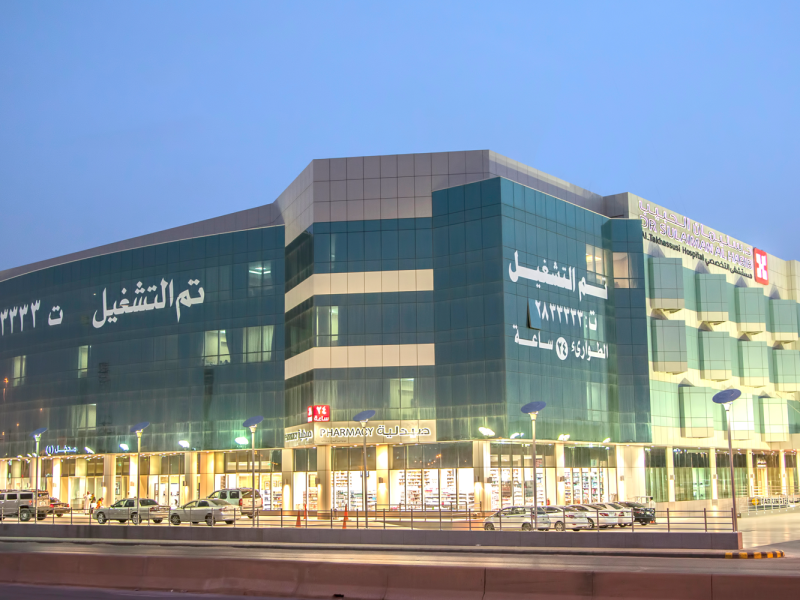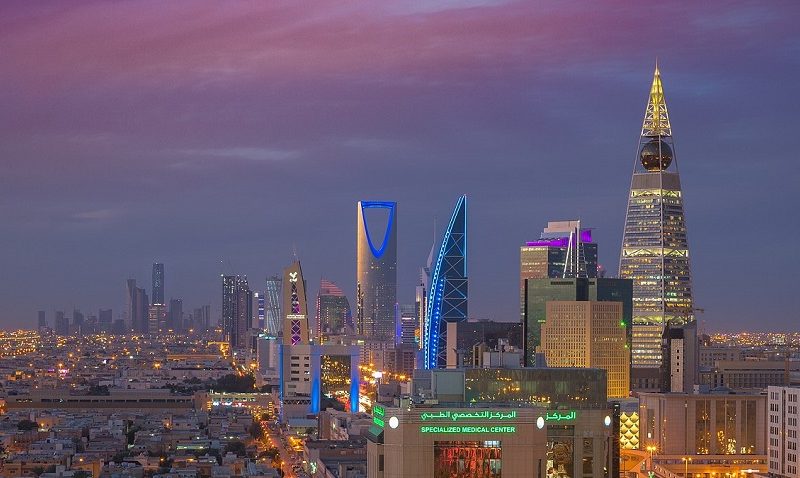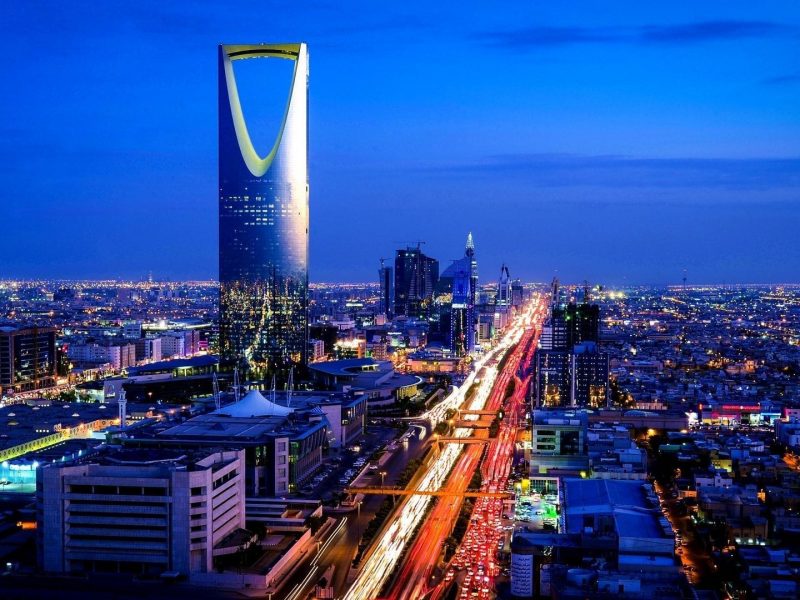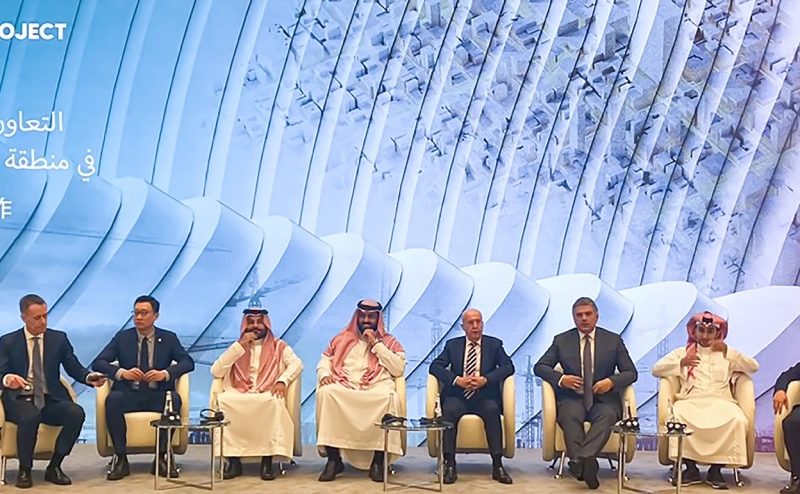Historically, pandemics have unevenly affected cities, but also cities’ ability to innovate positioned them at the forefront in battling them. Cities mostly rebounded by innovating new solutions that subdued the causes of the creation and dissemination of diseases. By doing so, they restructured their economic and social activities and invested heavily in public infrastructure to make them safer and more resilient.
Similarly, today, doomsayers of cities have been disproven. Although cities were disproportionally affected by COVID-19, they generally managed to shrug off the disease’s woes by relying on technology and undertaking urban reforms. As the crisis prolongs, these changes are taking permanent shape as people adapt their living and working habits to safer and more sustainable practices. Consequently, we at Atkins, a member of SNC-Lavalin Group, through our research and experience in planning and design, have outlined six urban trends that are expected to become defining features of post-pandemic cities, inching them closer towards sustainability.
The Great Reshuffling
In many major western cities, the onset of the pandemic has slowed the decades-old rural and suburban pull towards urban cores. Instead, due to their ability to work remotely, some more affluent residents opted to move out of major cities to suburban locations or second-tier towns seeking more affordable and spacious units that can support homeworking. The result is a suburban ‘revival’, as urbanites bring with them their fancy for density, diversity, sustainability, and general urban culture, while property developers shift their focus to value-enhancing amenities.
On the other hand, research shows that the elitist out-migration has resulted in the plummeting of real estate rental rates around city cores, making city space much more affordable for previously priced-out sectors. If this trends continues, major cities will slowly gravitate from centres of speculation to centres of production. Diverse economic sectors, housing typologies, and middle and lower-income groups will once again repopulate inner cores, restoring their historic diversity, robustness, and economic vitality.
The Disintegrated Office
Same as cities, downtown offices proved resilient and far from dying. Innovation and entrepreneurship can only be performed in proximity because they rely on close physical communication and collaboration to solve complex problems. In response to future pandemics, central business districts will have to restructure to evolve. In the near future, they may well become “Central Social Districts”, mirroring the changing patterns of knowledge work and the flexibility needs for workers and affording them more balanced and healthy lifestyles.
We have adopted this model since early COVID days. Our offices globally have dispersed into a network of spaces and services tied together with technology. Our interconnected telecommuting ecosystem spans not just our central office locations but also homes, co-working spaces, coffee shops, parks, and public spaces. On the other hand, lower real estate footprints per office does not necessarily mean empty buildings. For example, adaptive retrofitting of office buildings into apartments has been on the rise in the United States, while smaller firms with tighter budgets might be enticed to move in core cities, which may help offset depressed demand for convenience-level shops and restaurants.
The Retail Reckoning
The way we shop is undergoing the most fundamental reset of all. This is because the face-to-face sector, mainly services, F&B, and retail stores, has been the most vulnerable of all to lockdowns. In response, many stores switched to local home deliveries by using their shop locations as distribution centres instead of destinations for customers. Post pandemic, as more people shop traditional products online, stores are increasingly emphasizing experiences and redesigning spaces accordingly. For instance, Aldar will redevelop Yas Mall in Abu Dhabi by dedicating 40 per cent of its gross leasable area to high impact experiential retail, F&B, and co-working office spaces.
Adaptive retrofits have also been gaining pace where regulations allow. According to Bloomberg CityLab, empty stores have found other uses as community hubs and social centres. In the long term, converting commercial real estate to housing may also be an attractive use of land in over-retailed settings since usually retail hubs are well located and connected to transit networks. This shift will support achieving higher densities and diversity of land uses in major urban nodes and corridors.
The Rebirth of Publicness
The severe lockdown endured by urban residents was a brisk reminder that we need other people. It is the very rationale why historical societies intentionally built shared spaces into towns and cities for our material, social, health, and spiritual betterment. During the pandemic, public open spaces were a lifesaver for many residents of cities: open street environments provided a much-needed respite from solitary and stale indoors. Furthermore, city dwellers gained a greater awareness of the health and well-being importance of open landscaped areas and public infrastructure.
Experiments in the repurposing of open spaces abounded: from streets temporarily closed off to traffic, restaurants extending outdoor seating, to the conversion of public parking, golf courses, and underused parcels to gathering areas. It is expected that this trend will persist in cities expanding their public realm and landscaped areas and integrating them with public infrastructure investments.
The Localist Inversion
The fear of contracting the disease by contact forced many who can afford it to limit their use of mass transit. Ultimately, the ‘15-minute city’ concept was born, an idea that promotes the allocation of essential amenities to be within walkable or cyclable reach of most, if not all, people. Although first initiated in Paris, hyper-localism gained popularity among mayors of major cities. Fast forward, city forms might turn into polycentric models.
First, walkability will be more coveted, especially for essential daily services, and green spaces will be within a few minutes’ reach of where people live. Second, demand for long commutes will be reduced resulting in lower carbon emissions. Third, as demand for locally produced goods and services, resilience will ensue as communities lessen the disruptive risks of global supply chains. Finally, localism will encourage the creation of more engaged and healthy urban communities. Mixed-Use developments are a consistent thread in projects we do, such as Meixi Lake Eco-City in China, Leeds Station Masterplan in the UK, Diriyah Gate in Saudi Arabia and others.
The Digital Outburst
COVID-19 has accelerated the Fourth Industrial Revolution and is contribution to sustainable development. Looking ahead, it is evident that building digital infrastructure to support the latest technological trends will be essential for any city to remain efficient and competitive.
Digitalisation has percolated every domain of our lives ensuring we and our faculties remain interactive to keep growing. Work and education continued almost unabated in certain sectors due to the widespread use of voice over internet, virtual meetings, work collaboration tools, and facial recognition technologies. Retail activities now make use of contactless digital payments and online platforms.
On a macro scale, core infrastructure-scale technologies such as big data, cloud computing, and the Internet-of-Things (IoT) are revolutionizing cities’ ‘smartness’ by increasing data mining, sharing, and processing. Finally, the proliferation of robots, drones, and 3D printing technologies are poised to reform sectors such as construction, supply chain logistics, mobility, and manufacturing.
We have been contributing to this transformation through our involvement with Vertical Aerospace’s taxi project that revolutionizes the way we move in cities and the electric vehicles infrastructure project for London among many other similar projects.
In conclusion, COVID-19 has delivered an overdue nudge to our cities. It was a wake-up call that diseases can still easily ravage our civilization. It was a stark warning that our ways of doing things are incommensurate with humanity’s challenge against climate change, and that our future is forward, digital, green, efficient, flexible, and resilient. And so, as humanity has done for ages, we must again put our faith in our cities’ innovative capacity to find novel solutions and replan them to become more sustainable and less vulnerable to pandemics in the future. As Glaeser so poignantly puts it in his most recent book “the age of urban miracles should not be over”. Indeed, it is not.





